Home>Garden Essentials>How Long Will Grass Seed Last
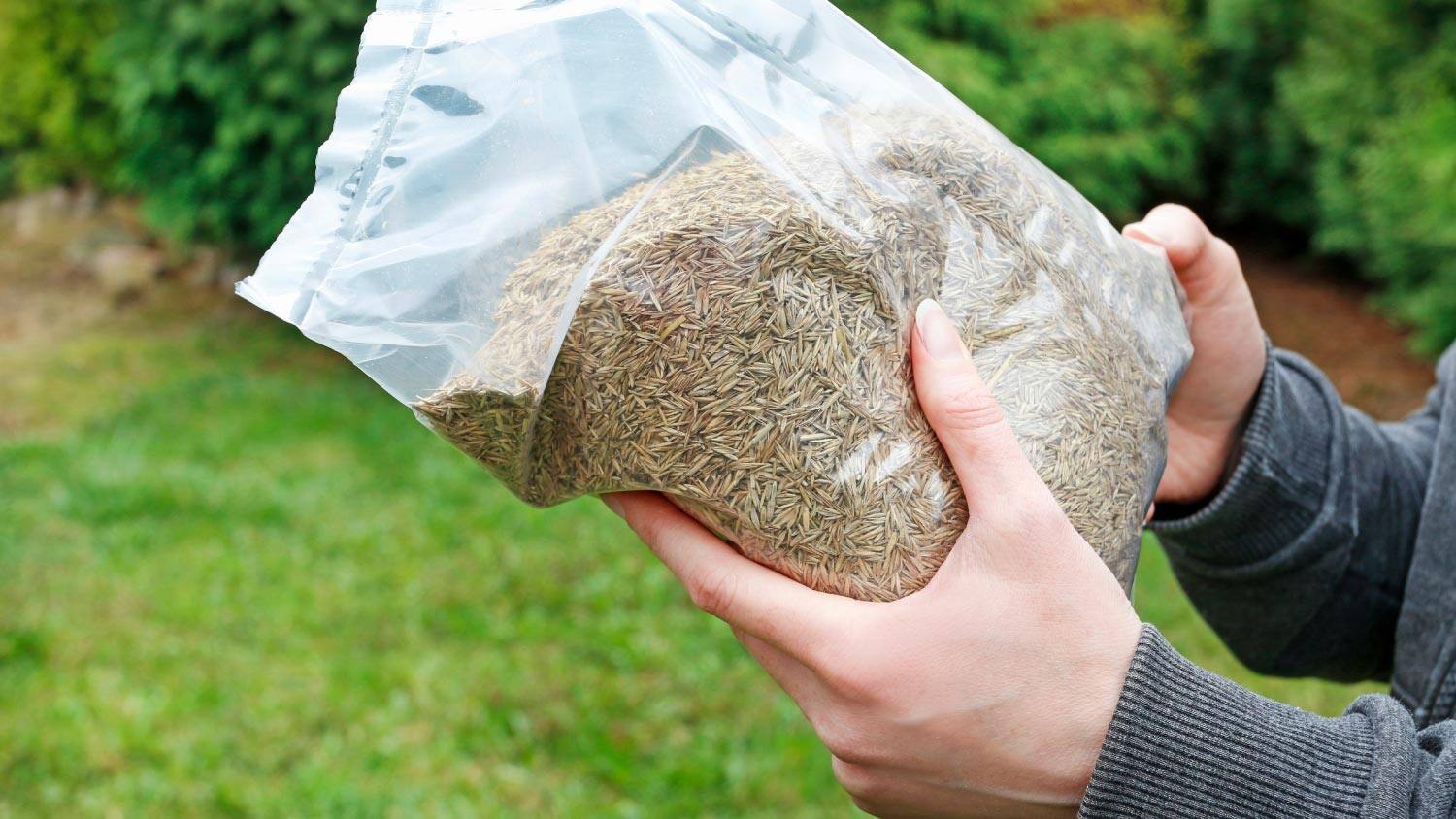

Garden Essentials
How Long Will Grass Seed Last
Modified: March 23, 2024
Discover how long garden grass seed can last and maintain its viability. Learn how to store and use garden seeds effectively for a beautiful lawn.
(Many of the links in this article redirect to a specific reviewed product. Your purchase of these products through affiliate links helps to generate commission for Storables.com, at no extra cost. Learn more)
Introduction
Grass seed is a vital component in establishing and maintaining a lush, green lawn. Whether you’re starting a new lawn or overseeding an existing one, the quality and viability of the grass seed you use play a crucial role in the overall success of your lawn. Understanding how long grass seed lasts and how to properly store and handle it will ensure that you get the best results from your grass seed investment.
When it comes to the longevity of grass seed, several factors come into play. The type of grass species, the conditions it is exposed to, and how it is stored can all affect the viability of the seed. By understanding these factors and implementing proper storage techniques, you can maximize the lifespan of your grass seed and improve your chances of successful germination.
In this article, we will explore the factors that affect grass seed longevity, discuss proper storage techniques, and provide tips for testing seed viability and maximizing seed lifespan. By the end, you’ll have the knowledge and tools necessary to ensure that your grass seed remains viable for as long as possible, giving you the best chance at a lush, healthy lawn.
Key Takeaways:
- Proper storage and high-quality seed are key to maximizing grass seed longevity. Factors like species, quality, storage, and age affect seed viability. Regular testing and ideal growing conditions are crucial for a healthy, vibrant lawn.
- Signs of seed degradation, such as discoloration and poor germination, indicate the need for fresh seed. Following proper storage techniques, using seed within recommended timeframes, and testing viability are essential for success.
Read more: How Long Seeds Last
Factors Affecting Grass Seed Longevity
The longevity of grass seed depends on various factors that can either promote or hinder its viability. Understanding these factors will help you make informed decisions when purchasing, storing, and using grass seed for your lawn. Here are some of the primary factors that affect the longevity of grass seed:
- Seed Species: Different grass species have varying levels of seed longevity. Some species, such as Kentucky bluegrass and perennial ryegrass, have relatively short seed lifespans, typically around one to two years. On the other hand, species like tall fescue and Bermuda grass can remain viable for up to five years or more.
- Seed Quality: The quality of the grass seed at the time of purchase plays a significant role in its longevity. High-quality seed that has been properly cleaned and processed is more likely to have a longer shelf life. Look for seed with a high purity and germination rate to ensure the best chances of success.
- Storage Conditions: The way you store your grass seed can greatly impact its lifespan. Exposure to moisture, extreme temperatures, and sunlight can all lead to seed degradation. It’s crucial to store seed in a cool, dry place and protect it from direct sunlight. Consider using airtight containers or sealed bags to prevent moisture from entering.
- Environmental Factors: The conditions in your local environment can also affect the longevity of grass seed. Extreme heat, cold, drought, or excessive rainfall can all impact the viability of the seed. Additionally, pests and diseases prevalent in your area can damage or destroy the seed.
- Seed Age: Grass seed, like many organic materials, has a natural lifespan. As the seed ages, its viability decreases. Purchasing fresh seed and using it within the recommended timeframes will give you the best chances of successful germination.
Understanding these factors is crucial for ensuring the longevity of your grass seed. By selecting the right species, purchasing high-quality seed, providing optimal storage conditions, and considering local environmental factors, you can maximize the viability of your grass seed and improve your lawn’s overall health and appearance.
Proper Storage Techniques
Proper storage techniques are essential for maintaining the longevity and viability of grass seed. By following these guidelines, you can ensure that your seed remains in optimal condition for future use:
- Keep it cool: Store your grass seed in a cool location, away from direct sunlight. High temperatures can accelerate seed degradation, reducing its viability. Choose a storage area with a constant temperature, ideally between 50°F and 70°F.
- Control humidity: Moisture is one of the biggest enemies of seed longevity. Keep the seed dry to prevent mold, mildew, or germination before intended use. Consider using a dehumidifier in the storage area to maintain low humidity levels.
- Ensure proper ventilation: Good air circulation helps prevent the buildup of moisture and reduces the risk of seed spoilage. Avoid storing seed in airtight containers, as this can trap humidity and lead to mold growth.
- Protect from pests: Pests such as rodents and insects can damage or consume your grass seed. Store seed in sealed containers or use mesh bags to prevent pests from accessing it. Consider using natural pest deterrents, such as cedar chips or peppermint oil, to further protect the seed.
- Label and organize: Proper labeling and organization of your seed storage area will help you keep track of different grass species and expiration dates. This will ensure that you use the oldest seed first and reduce the chances of using expired seed.
By implementing these storage techniques, you can prolong the viability of your grass seed and increase your chances of successful germination. Remember to regularly check your seed for signs of degradation and use older seed first to minimize waste and maximize efficiency. Following these guidelines will help you make the most of your grass seed investment.
Testing the Viability of Grass Seed
Before sowing grass seed, it’s crucial to ensure its viability to maximize the chances of successful germination. While proper storage techniques can help preserve the seed’s viability, it’s still essential to conduct viability tests to determine if the seed is still viable. Here are a few methods you can use to test the viability of your grass seed:
- Germination test: The most accurate way to test seed viability is through a germination test. Take a sample of the seed and place it on moist paper towels or in seed trays filled with a growing medium. Keep the trays in a warm area and maintain proper moisture levels. Observe the seed for signs of germination over a designated period, usually 7 to 14 days. Calculate the percentage of seeds that have germinated to determine the seed’s viability.
- Float test: The float test is a quick and easy method to assess seed viability. Fill a container with water and drop the grass seed into it. The viable seed will sink to the bottom, while non-viable seed will float on the surface. This test is particularly useful for larger seeds like fescue or ryegrass.
- Seed appearance: Visually inspecting the seed can provide some clues about its viability. Look for signs of damage, mold, or discoloration. Viable seeds are usually plump and have a healthy appearance, while non-viable ones may be shriveled or discolored.
By conducting these tests, you can determine the viability of your grass seed before sowing it. This will help you assess the rate of successful germination and adjust your seeding plan accordingly. If a large percentage of the seed fails the viability test, it may be better to invest in fresh seed to ensure optimal results.
Remember that even if your seed passes the viability test, it’s still essential to follow proper seeding techniques and provide the best conditions for germination. Adequate watering, proper soil preparation, and regular maintenance will all contribute to the success of your grass seed and the establishment of a healthy, vibrant lawn.
Grass seed can last up to 3-5 years if stored in a cool, dry place. To maximize its shelf life, keep it in an airtight container and away from moisture.
Common Signs of Seed Degradation
Grass seed, like any organic material, is subject to degradation over time. As the seed degrades, its viability decreases, making it less likely to germinate and establish a healthy lawn. It’s important to be aware of the common signs of seed degradation so that you can identify if your seed is still viable or if it’s time to invest in fresh seed. Here are some common signs to watch out for:
- Discoloration: One of the most noticeable signs of seed degradation is discoloration. Viable grass seed usually has a uniform color, while degraded seed may appear dull, faded, or unevenly colored.
- Shriveling: As seed ages, it tends to lose moisture content, leading to shrinkage and shriveling. Non-viable grass seed may appear smaller, wrinkled, and less plump than fresh, viable seed.
- Mold or fungus: Seed degradation can lead to the growth of mold or fungus on the seed surface. If you notice any fuzzy growth, powdery substances, or unusual spots on the seed, it’s an indication that the seed has started to deteriorate.
- Weakened seed coat: The seed coat serves as a protective layer for the embryo inside. Over time, seed degradation can cause the seed coat to weaken or develop cracks. A compromised seed coat may allow moisture to penetrate the seed, leading to premature germination or decay.
- Poor germination: If you’ve followed proper seeding techniques but notice a low germination rate or uneven growth, it could be a sign that the seed has degraded. Low viability in degraded seed results in poor germination and inconsistent seedling emergence.
While these signs can provide clues to seed degradation, it’s important to conduct viability tests to obtain a more accurate assessment. Germination tests or float tests can help confirm the viability of your seed and determine its potential for successful germination.
By keeping an eye out for these signs and regularly evaluating the viability of your grass seed, you can ensure that you are using quality seed that will yield the best results for your lawn. Investing in fresh seed when necessary will help you establish a healthy and vibrant lawn that you can enjoy for years to come.
Read more: How Long Does A Seed Last
Tips for Maximizing Grass Seed Longevity
Maximizing the longevity of your grass seed is important to ensure the best possible germination rates and the establishment of a healthy, lush lawn. By implementing these tips, you can increase the lifespan of your seed and improve your chances of success:
- Purchase fresh, high-quality seed: Start with good-quality seed that has a high purity and germination rate. Fresh seed has a higher chance of remaining viable for a longer period. Check the packaging for the seed’s date of production and expiration to ensure its freshness.
- Store seed properly: Follow proper storage techniques to maintain optimal seed conditions. Keep seed in a cool, dry place away from direct sunlight, and ensure proper ventilation to prevent moisture buildup. Use airtight containers or sealed bags to protect seed from pests and humidity.
- Use seed within recommended timeframes: Different grass species have different shelf lives. Use the seed within the recommended timeframe to maximize its viability. Avoid purchasing or using expired seed, as it is more likely to have reduced germination rates.
- Rotate seed stock: If you have leftover seed from previous years, try to use it first before using fresh seed. This practice helps prevent older seed from losing viability over time and ensures efficient use of your seed stock.
- Determine optimal seeding rate: Understanding the recommended seeding rate for your specific grass species will help you avoid over-seeding or under-seeding. Using the right amount of seed will minimize waste and maximize the chances of successful germination.
- Test seed viability: Conduct regular viability tests to assess the health and germination potential of your seed. Performing germination tests or float tests can provide valuable information about the seed’s viability before sowing it in your lawn.
- Maintain ideal growing conditions: Even with high-quality seed, providing the right growing conditions is crucial for successful germination and growth. Adequate watering, proper soil preparation, and regular maintenance will support the healthy development of your grass seed.
By following these tips, you can maximize the longevity of your grass seed and improve your chances of establishing a vibrant, thriving lawn. Remember that proper storage, timely usage, and regular viability testing are essential to ensure the viability and success of your grass seed. With proper care and attention, your lawn will be the envy of the neighborhood!
Conclusion
Ensuring the longevity of your grass seed is crucial for the successful establishment and maintenance of a healthy, vibrant lawn. By understanding the factors that affect seed longevity and following proper storage techniques, you can maximize the viability of your grass seed and improve your chances of successful germination.
Factors such as seed species, seed quality, storage conditions, environmental factors, and seed age all play a role in the longevity of grass seed. By selecting the right species, purchasing high-quality seed, and providing optimal storage conditions, you can extend the lifespan of your seed and increase the chances of a lush, green lawn.
Proper storage techniques, such as keeping seed cool, controlling humidity, ensuring proper ventilation, and protecting from pests, will help maintain seed viability. Labeling and organizing your seed storage area will allow you to keep track of different grass species and expiration dates, ensuring that you use your seed efficiently.
Regularly testing the viability of your seed using methods like germination tests and float tests will provide valuable information on the health of the seed before sowing. This will help you assess the rate of successful germination and adjust your seeding plan accordingly.
Signs of seed degradation, such as discoloration, shriveling, mold or fungus growth, weakened seed coats, and poor germination, should be monitored to determine if the seed is still viable or if fresh seed is needed for optimal results.
Maximizing the longevity of your grass seed requires purchasing fresh, high-quality seed, following proper storage techniques, using seed within recommended timeframes, rotating seed stock, determining optimal seeding rates, and maintaining ideal growing conditions. By implementing these tips, you can increase the lifespan of your grass seed and set the stage for a healthy, beautiful lawn.
Remember, your efforts in maximizing grass seed longevity will pay off in the long run with a lush and thriving lawn that you can enjoy for years to come. So invest in quality seed, store it properly, test its viability, and provide the best possible growing conditions. Your efforts will be rewarded with a lawn that is the envy of the neighborhood.
Frequently Asked Questions about How Long Will Grass Seed Last
Was this page helpful?
At Storables.com, we guarantee accurate and reliable information. Our content, validated by Expert Board Contributors, is crafted following stringent Editorial Policies. We're committed to providing you with well-researched, expert-backed insights for all your informational needs.
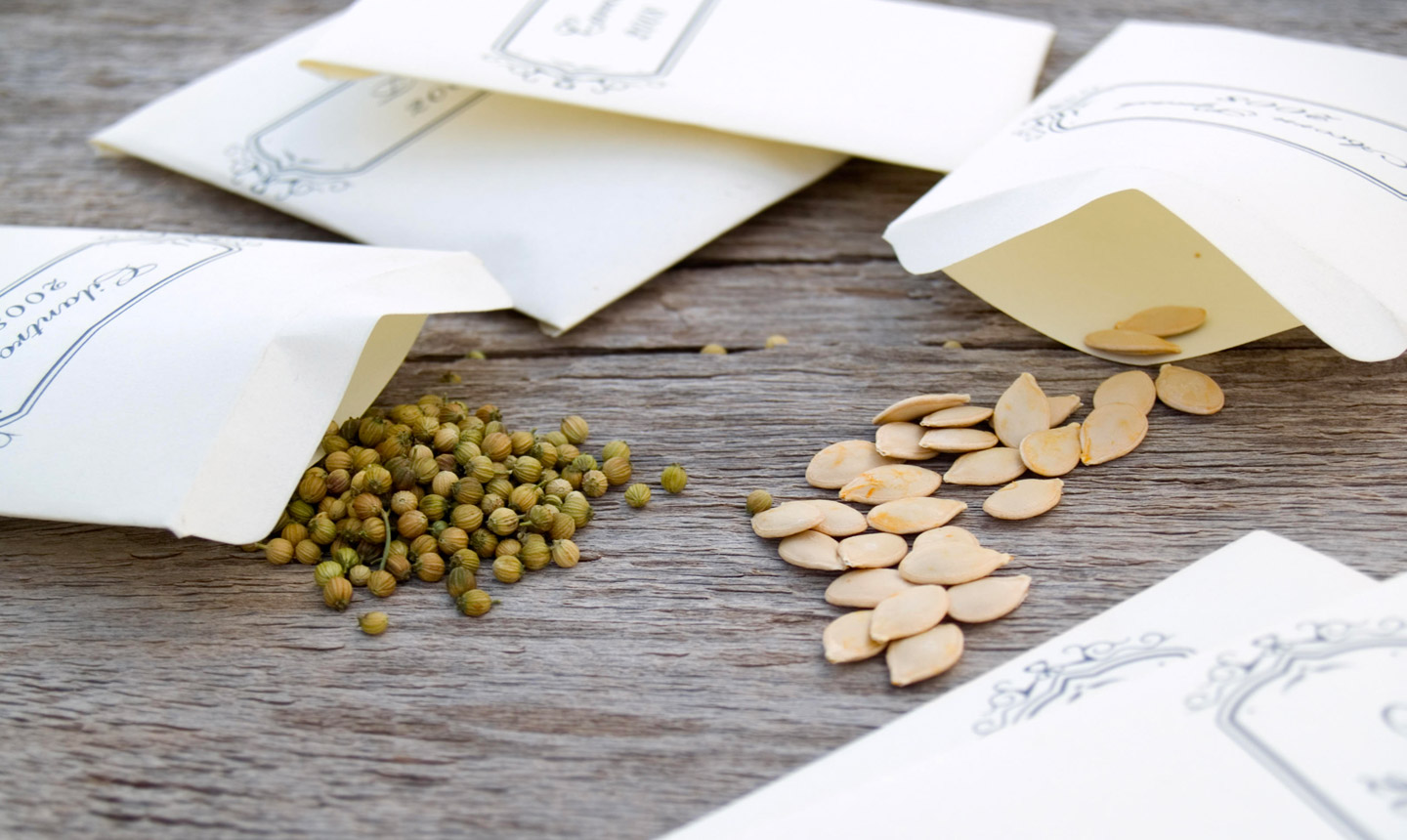
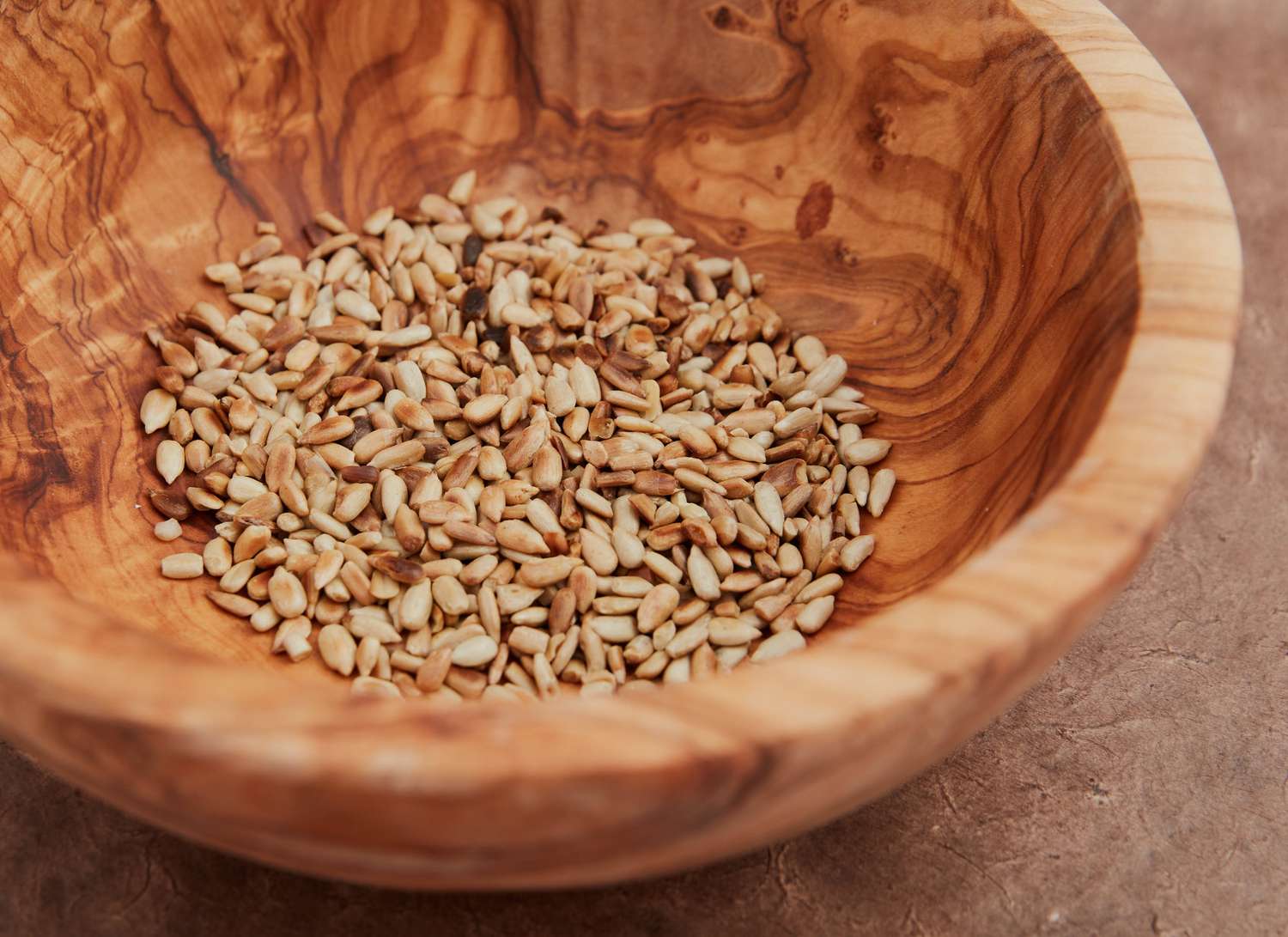
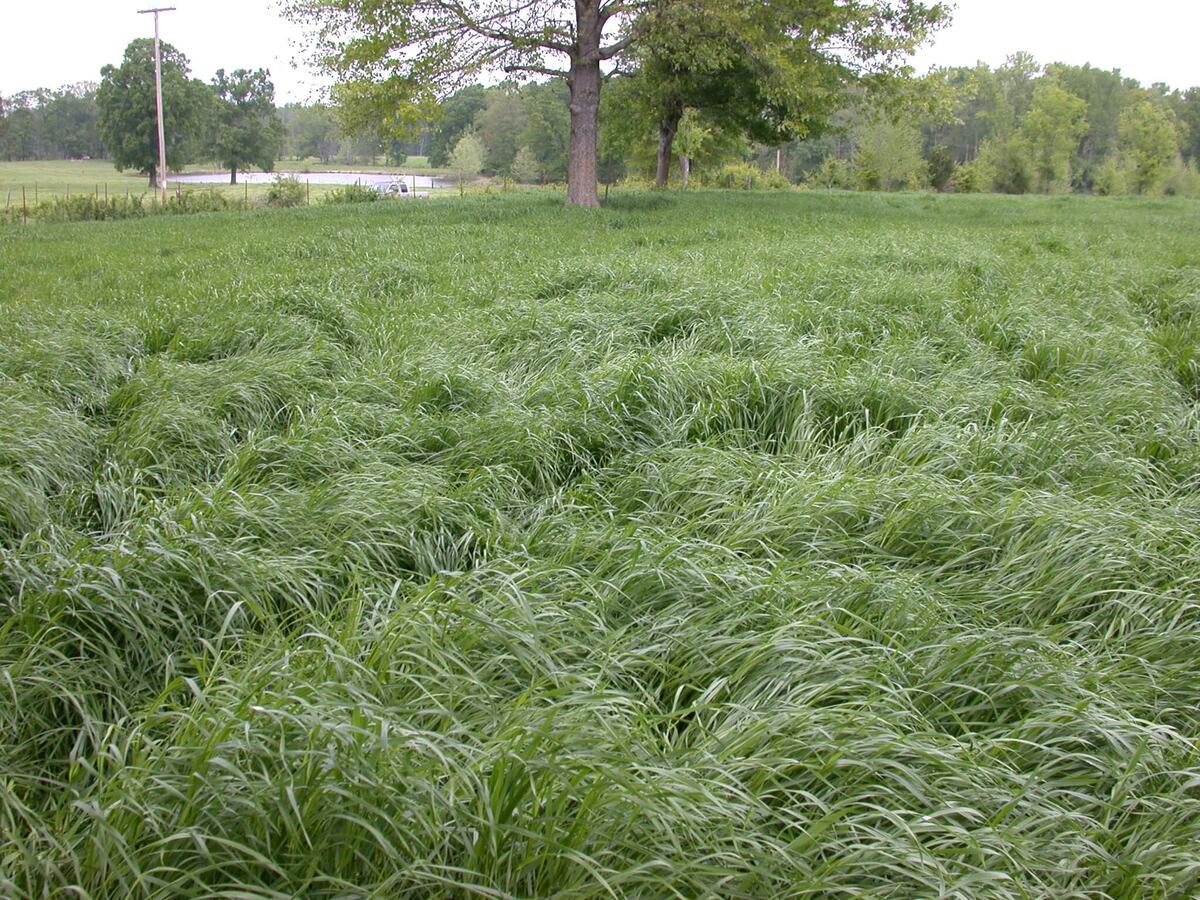
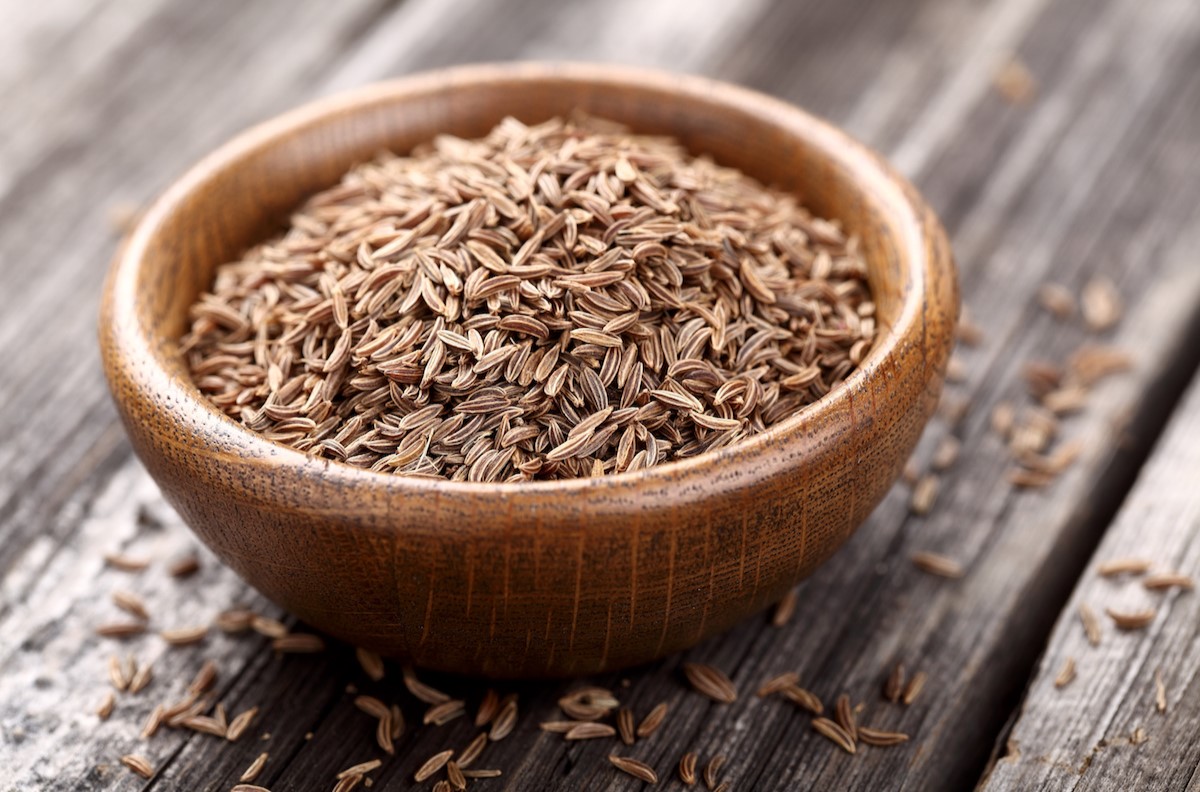
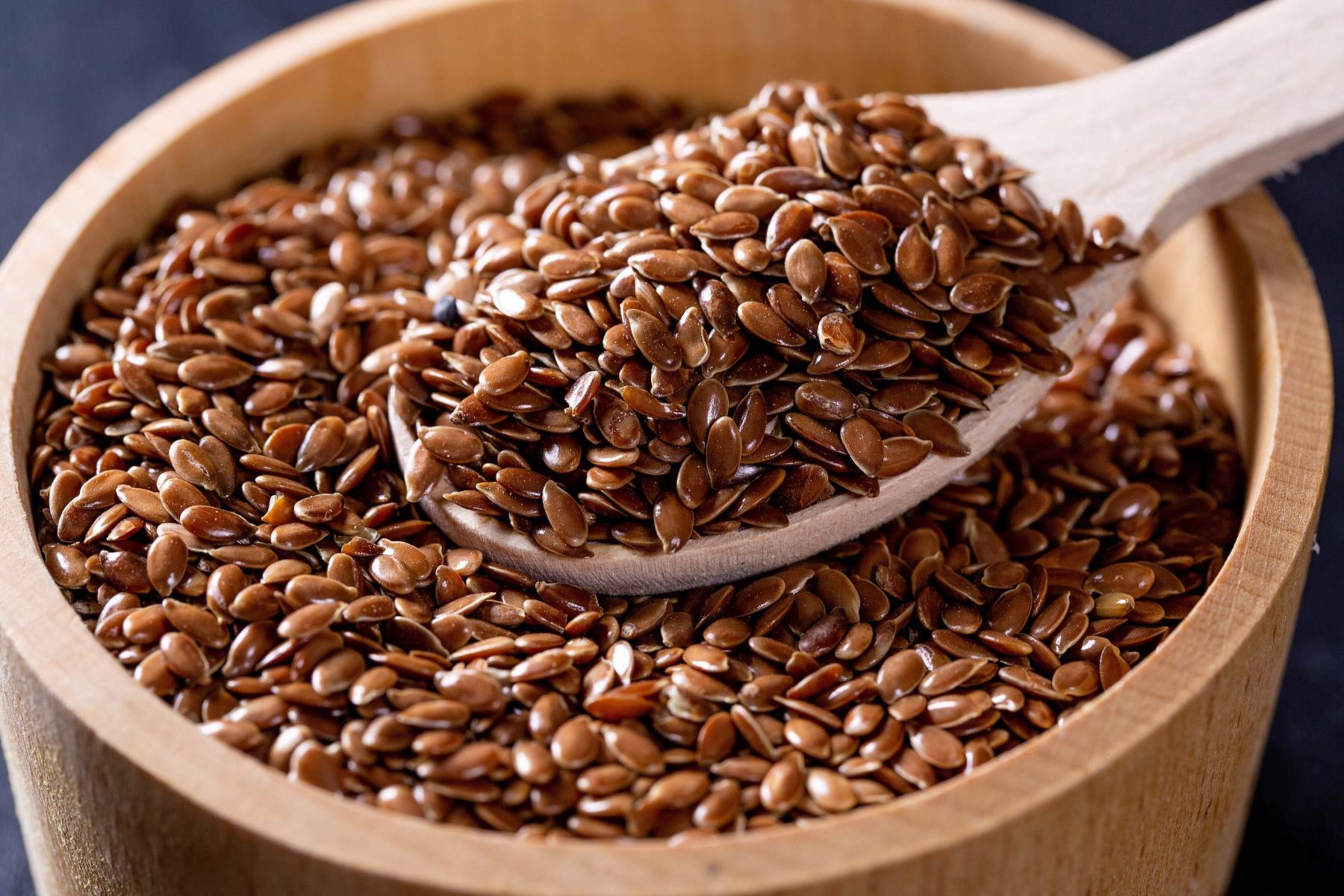
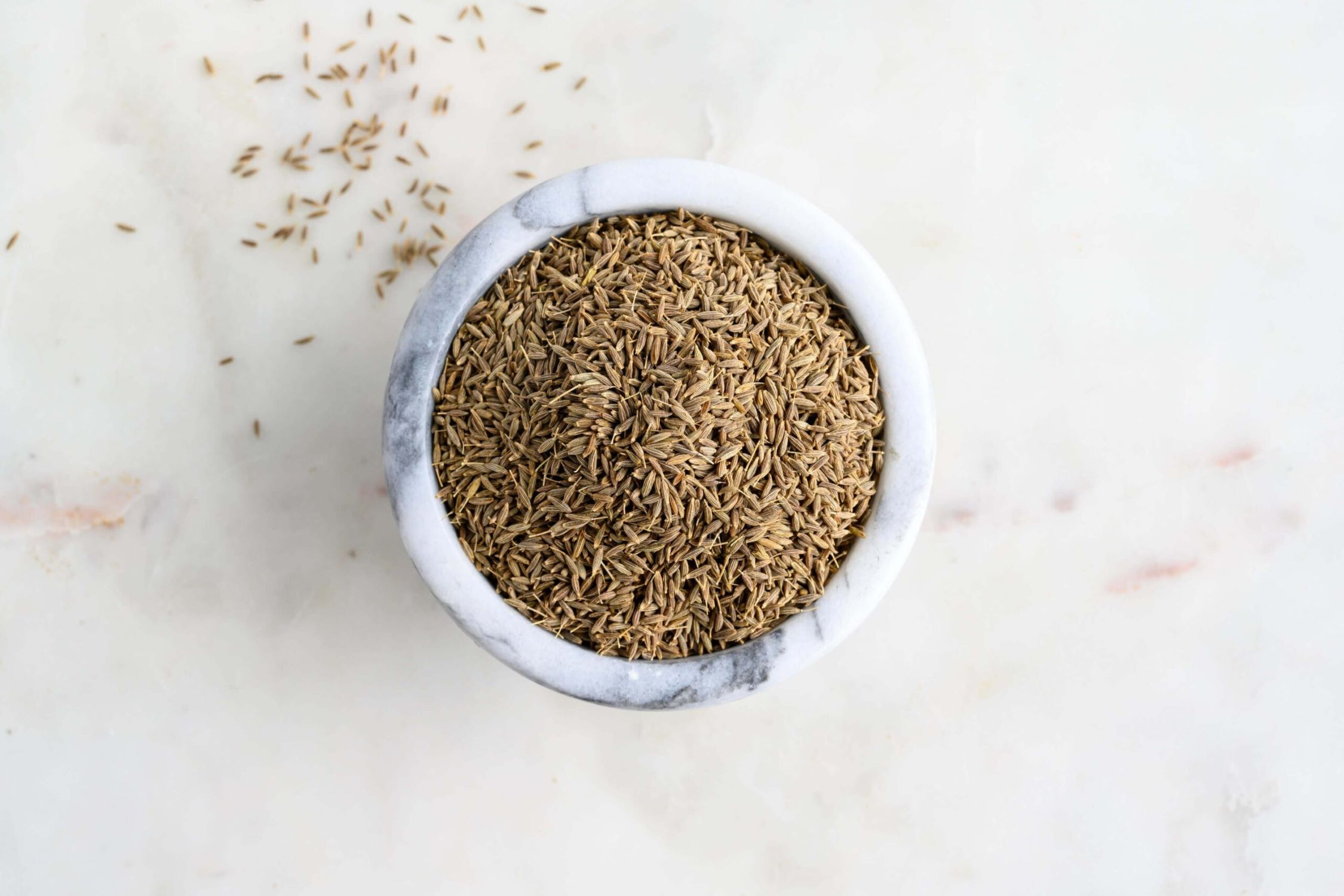
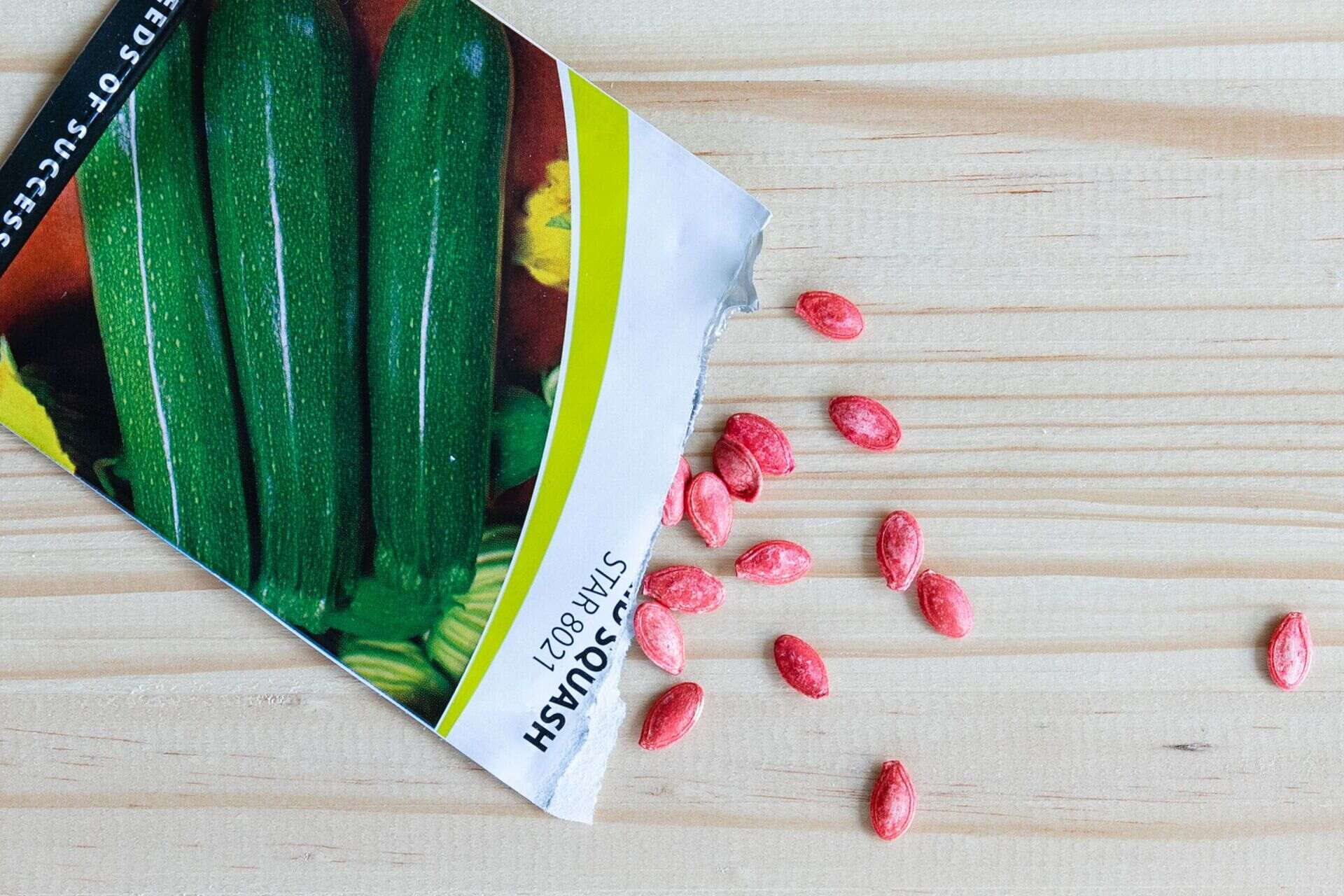
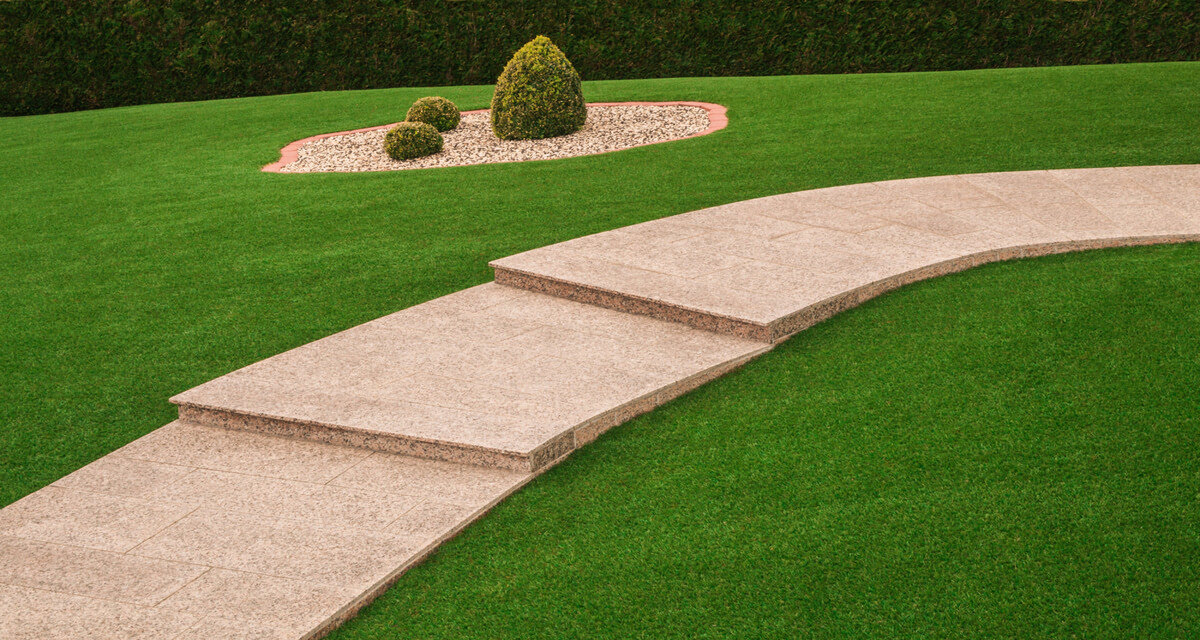
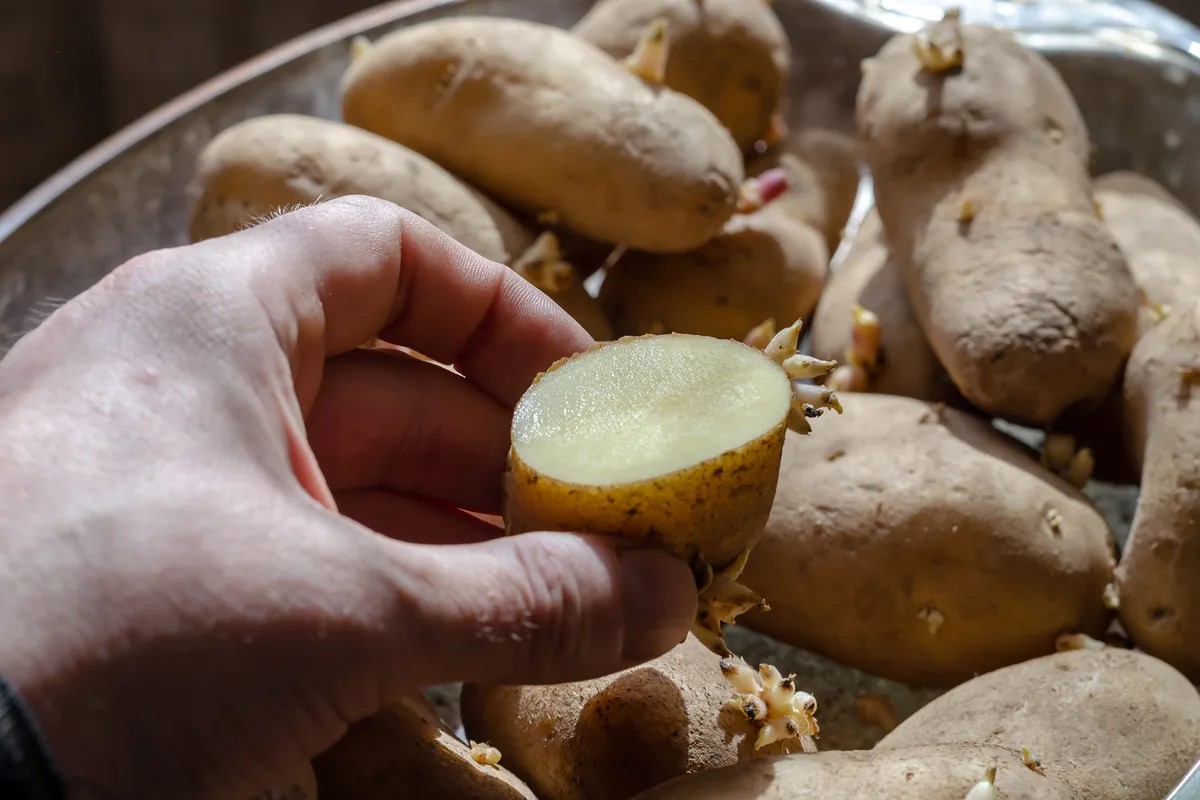
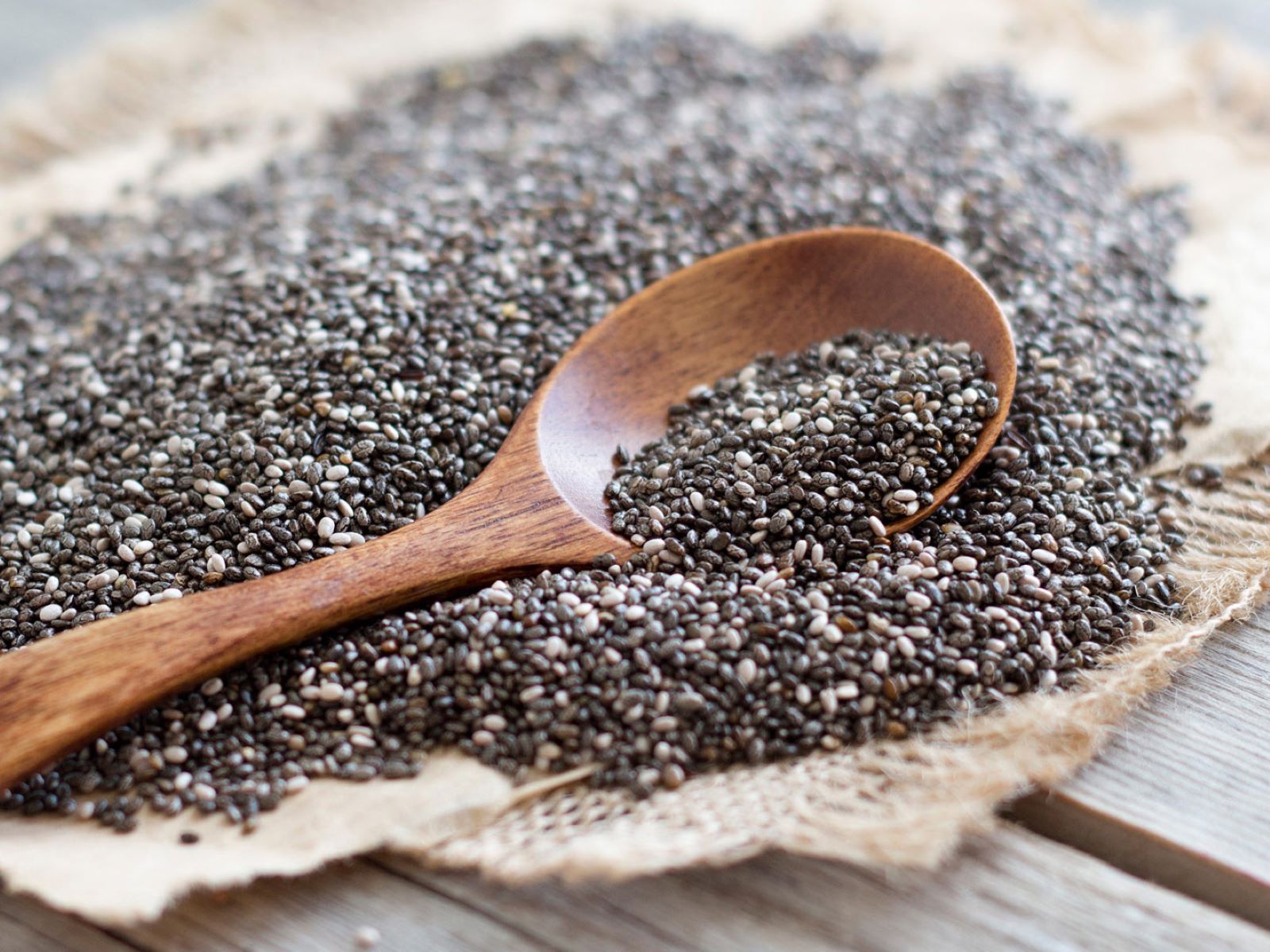
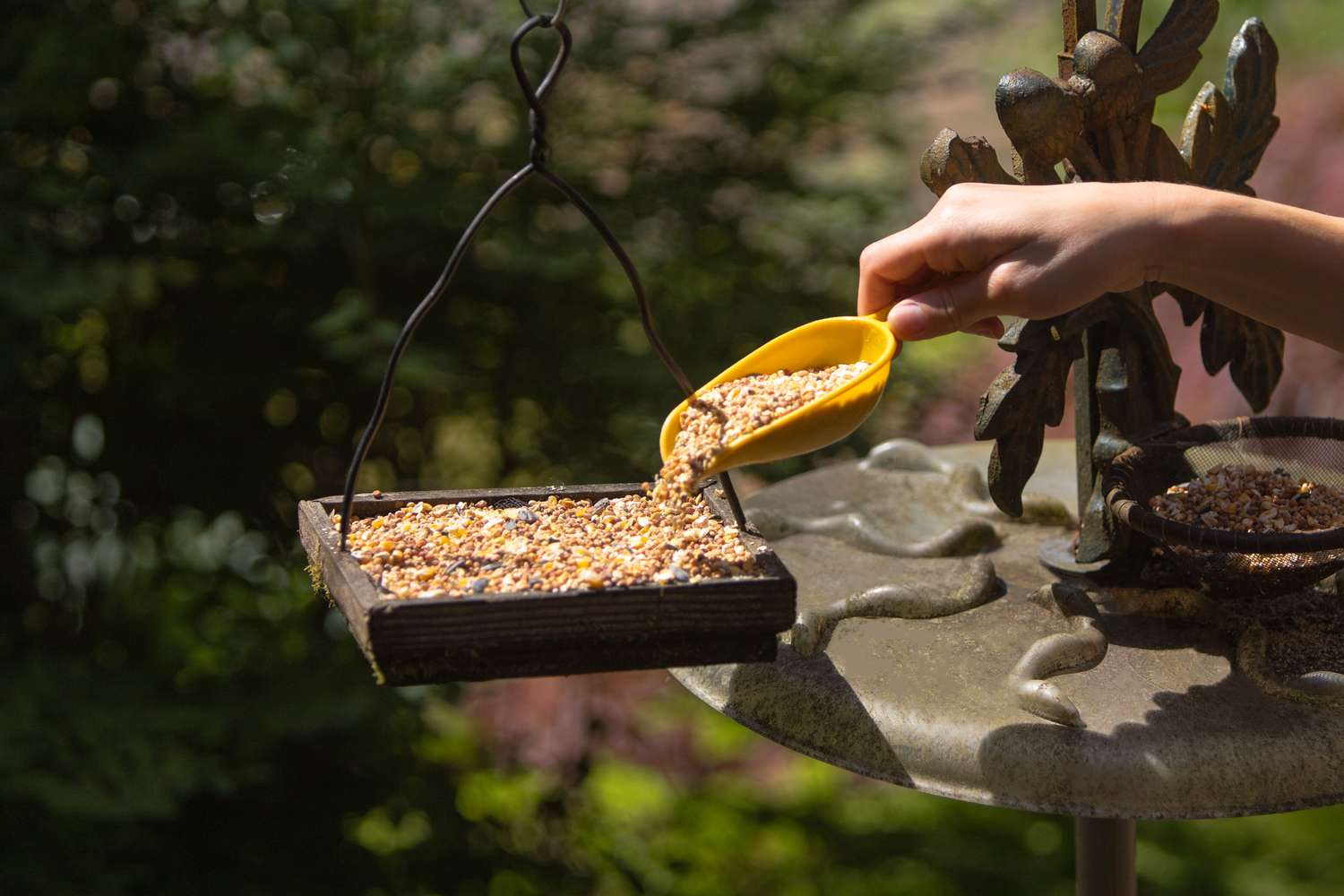
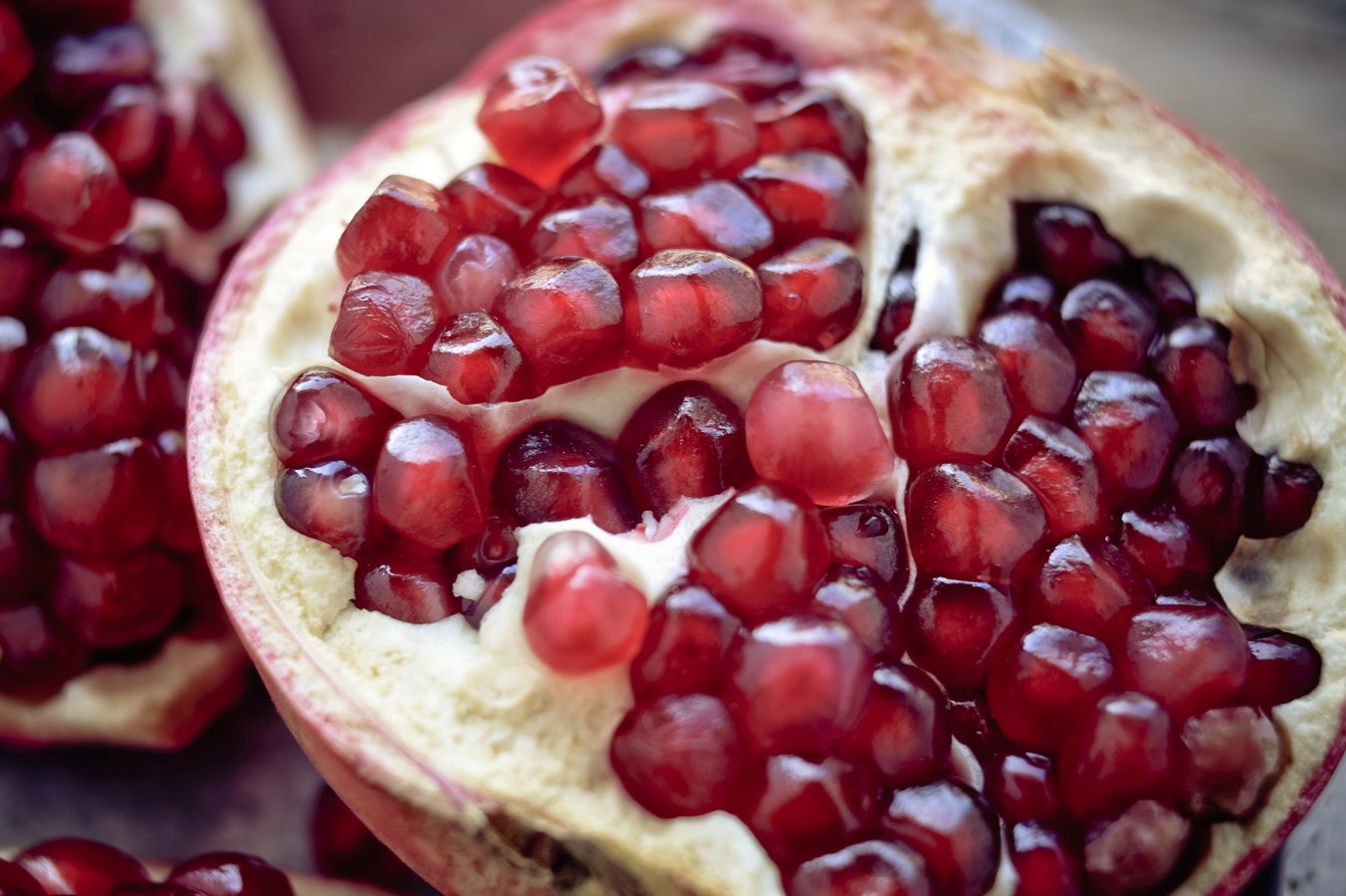
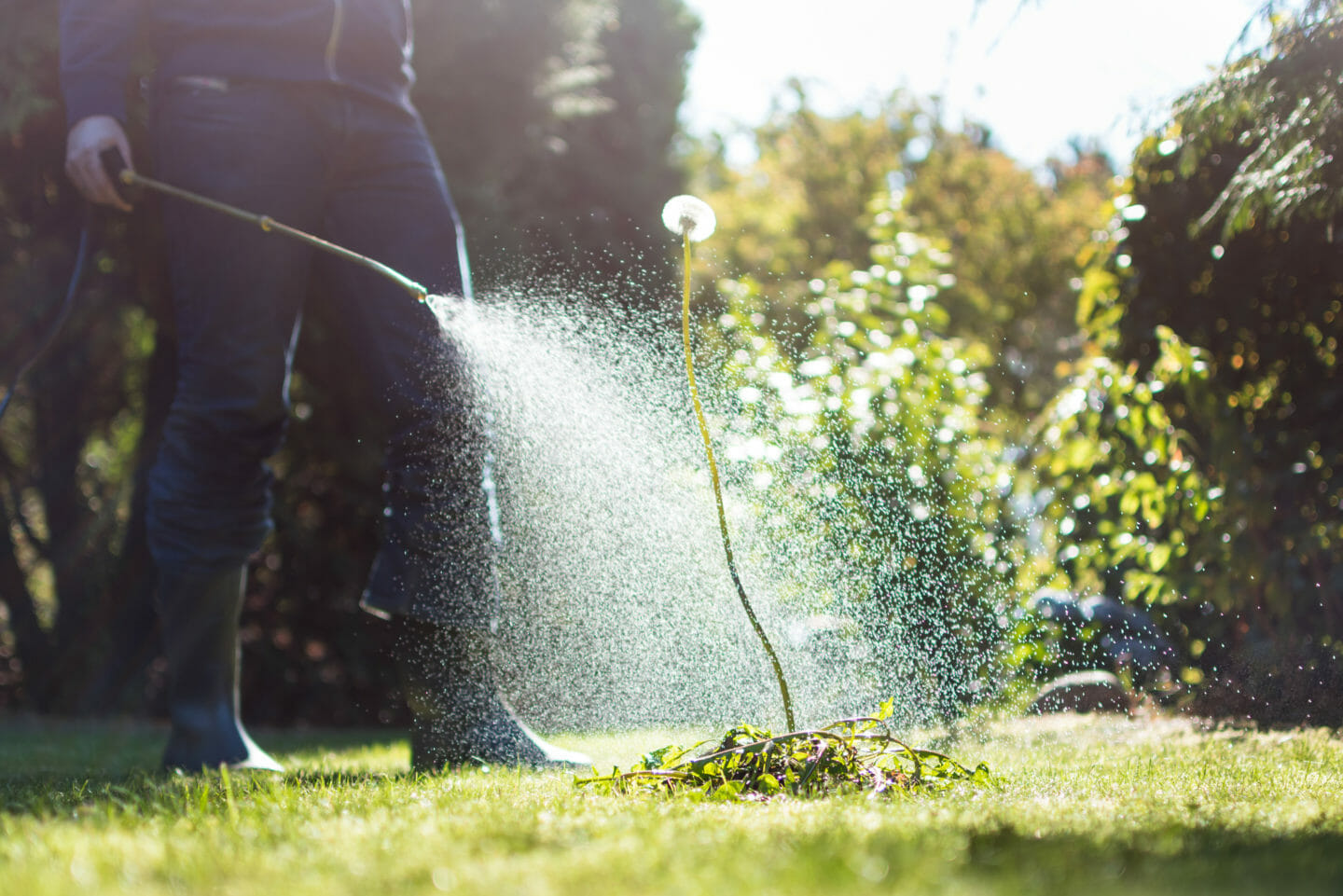
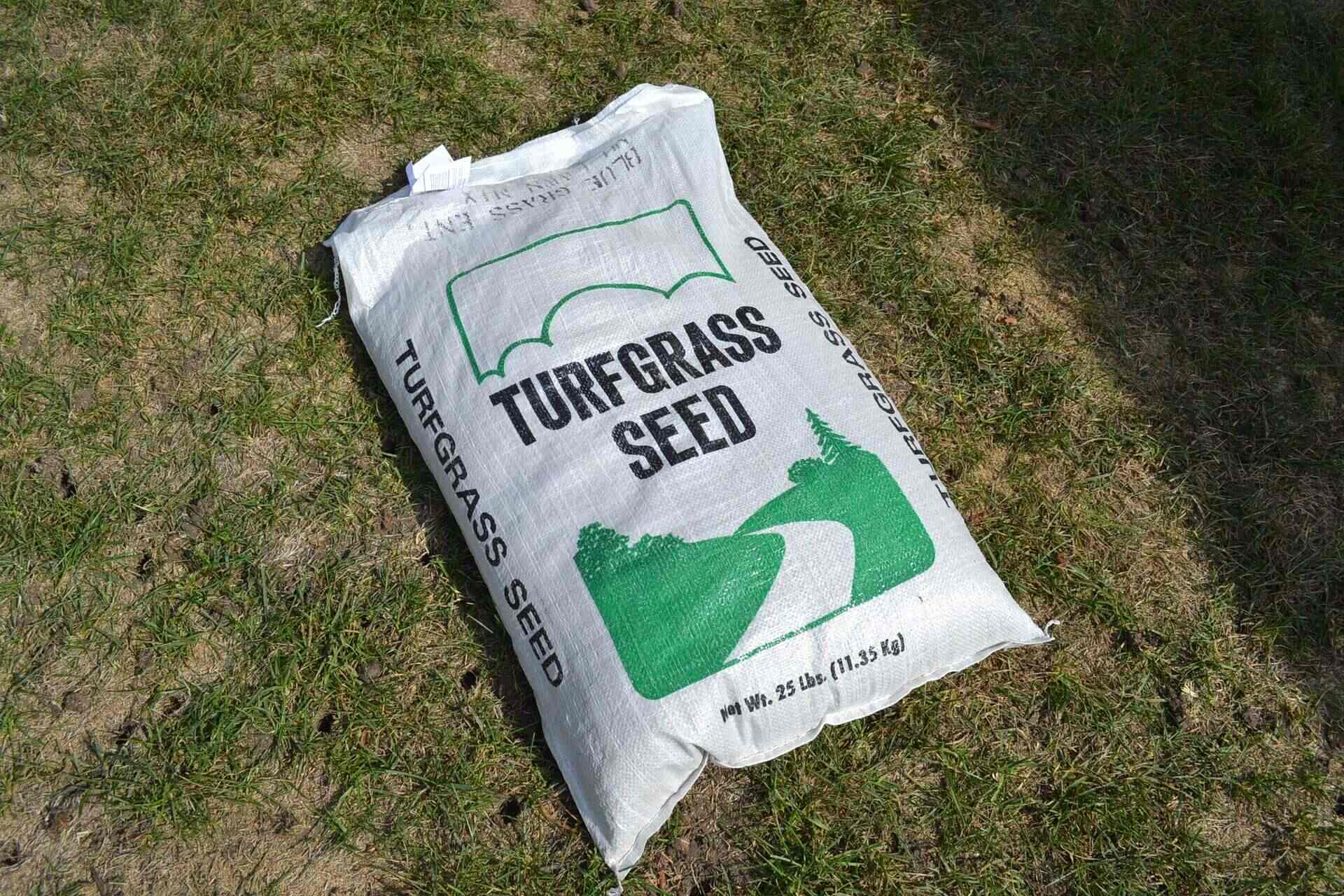

0 thoughts on “How Long Will Grass Seed Last”